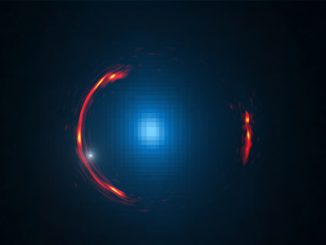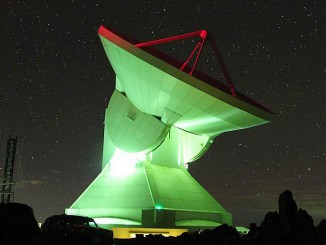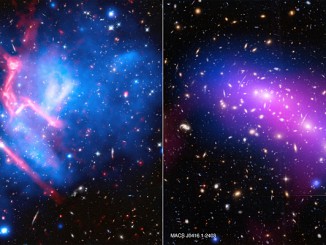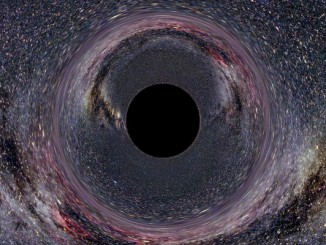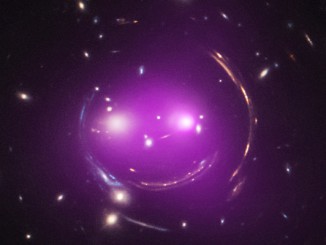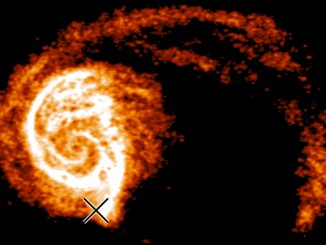
Astronomers confirm faintest early-universe galaxy ever detected
An international team of scientists has detected and confirmed the faintest early-universe galaxy ever using the ten-metre Keck II telescope on the summit on Maunakea, Hawaii. The team analysed three separate images of the object gravitationally lensed by a foreground galaxy cluster, revealing the distant galaxy as it was 13 billion years ago.

